Copper(II) phthalocyanine
Synonym(s):CuPc;Phthalocyanine blue;Pigment Blue 15
- CAS NO.:147-14-8
- Empirical Formula: C32H16CuN8
- Molecular Weight: 576.07
- MDL number: MFCD00010719
- EINECS: 205-685-1
- SAFETY DATA SHEET (SDS)
- Update Date: 2025-12-17 09:49:57

What is Copper(II) phthalocyanine?
Description
Copper(II) phthalocyanine, known as CuPc, has been used as an electron donor with fullerene-C60 or phenyl-C61-butyric acid methyl ester (PCBM) in vacuum-deposited organic photovoltaics (OPV). Power conversion efficiency of about 1% has been achieved [2] and improved efficiency of 4% with pentacene-doped CuPc layer. CuPc has also been used as a hole-injection material for light-emitting diodes. It has been reported that a thin CuPc layer may effectively enhance the hole injection from the anode to the emissive-polymer layer, resulting in a dramatic decrease in the operating voltage of the device. Device stability was achieved by depositing a copper phthalocyanine CuPc hole-injection layer HIL on the ITO anode.
Chemical properties
Copper(II) phthalocynaine (CuPc) is a metal phthalocyanine dye that acts as a p-type semiconductor. It has a charge mobility of 10-4 cm2/Vs. It forms a chemically stable thin film that exhibits photoconductivity and catalytic activity. A dark blue fine crystalline powder.
The Uses of Copper(II) phthalocyanine
Copper(II) phthalocyanine is a copper-complex dye. Copper(II) phthalocyanine is involved in studying photosensitizer chemistry for uniform polymerization, luminescence chemistry and spectrophotometric analysis, organic synthesis and polymerization. This pigment is used in enamels, linoleum, inks, plastics, and rubber goods. Photoisomerizable phthalocyanines are used in rewritable CD or DVD printing. Other applications in organic solar cells, biosensitizers, and display devices include OLED, OTFT, wearable display, and e-paper.
What are the applications of Application
Copper(II) phthalocyanine, known as CuPc, has been used as an electron donor with fullerene-C60 or phenyl-C61-butyric acid methyl ester (PCBM) in vacuum-deposited organic photovoltaics (OPV). Power conversion efficiency of about 1% has been achieved [2] and improved efficiency of 4% with pentacene-doped CuPc layer.
CuPc has also been used as a hole-injection material for light-emitting diodes. It has been reported that a thin CuPc layer may effectively enhance the hole injection from the anode to the emissive-polymer layer, resulting in a dramatic decrease of operating voltage of the device. Device stability was achieved by depositing a copper phthalocyanine CuPc hole-injection layer HIL on the ITO anode. The improved stability could be contributed to the good match of its highest-occupied molecular orbital (HOMO) level to the work function of ITO, and the improved wetting property of organic materials on ITO. Moreover, CuPc has very weak absorption of light, with wavelengths from 400 to 500 nm, making it suitable for use in blue and green OLEDs.
Effective electron-blocking was also observed for inorganic–organic hybrid perovskite solar cells when CuPc-doped spiro-OMeTAD was used as the hole-transporting layer.
Flammability and Explosibility
Not classified
Purification Methods
Precipitate it twice from conc H2SO4 by slow dilution with water. It has also been purified by two or three sublimations at 580o in an argon flow at 300-400Pa. [Beilstein 26 III/IV 4256.]
Properties and Applications
|
TEST ITEMS |
SPECIFICATION |
|
APPEARANCE |
BLUE POWDER |
|
SHADE |
REDDISH |
|
HEAT RESISTANCE |
300 °C min |
|
LIGHT FASTNESS |
7-8 |
|
ACID RESISTANCE |
5 |
|
ALKALI RESISTANCE |
5 |
|
FASTNESS TO BLEEDING |
5 |
|
OIL ABSORPTION |
40-45% |
|
SPECIFIC SURFACE |
29 m 2 /g |
|
DENSITY |
1.60 g/cm 3 |
|
RESIDUE ON 80 MESH |
5.0% max |
|
WATER SOLUBLE |
1.0% max |
|
VOLATITE 105 °C |
1.0% max |
|
TINTING STRENGTH |
100-105 % |
Properties of Copper(II) phthalocyanine
| Melting point: | 600°C (dec.) |
| Density | 1.62[at 20℃] |
| storage temp. | Inert atmosphere,Room Temperature |
| solubility | insoluble in H2O, ethanol; soluble in concHSO 4 |
| Colour Index | 74160 |
| form | Fine Crystalline Powder |
| color | Dark blue |
| Odor | odorless |
| Water Solubility | <0.1 g/100 mL at 20 ºC |
| λmax | 602nm(CHCl3)(lit.) |
| Hydrolytic Sensitivity | 4: no reaction with water under neutral conditions |
| Merck | 14,2520 |
| BRN | 4121848 |
| Exposure limits | ACGIH: TWA 1 mg/m3 NIOSH: IDLH 100 mg/m3; TWA 1 mg/m3 |
| NIST Chemistry Reference | Copper phthalocyanine(147-14-8) |
| EPA Substance Registry System | C.I. Pigment Blue 15 (147-14-8) |
| Absorption | λmax 678 nm (DMF) |
Safety information for Copper(II) phthalocyanine
Computed Descriptors for Copper(II) phthalocyanine
| InChIKey | XCJYREBRNVKWGJ-UHFFFAOYSA-N |
Copper(II) phthalocyanine manufacturer
Span Overseas
Anjanee Chem
New Products
4,4-Difluoropiperidine hydrochloride tert-butyl 9-methoxy-3-azaspiro[5.5]undecane-3-carboxylate Indole Methyl Resin N-Isopropylurea N,N-Dicyclohexylcarbodiimide(DCC) MELDRUMS ACID 5-METHYLISOXAZOLE-4-CARBOXYLIC ACID Magnessium Bis glycinate Zinc ascorbate 1-bromo-2-butyne 2-acetamidophenol 9(10H)-anthracenone Erythrosin B, 4-Piperidinopiperidine 2-((4-morpholinophenylamino) (methylthio) methylene) malononitrile 2,4-dihydroxybenzaldehyde 3-(4-morpholinophenylamino)-5-amino-1H-pyrazole-4-carbonitrile Methyl 2-methylquinoline-6-carboxylate 2,6-dichloro-4-nitropyridine 4-Bromo-2-chlorobenzonitrile 2-(benzylamino)acetic acid hydrochloride 4-(tert-Butoxycarbonylamino)but- 2-ynoic acid 3,4-dihydro-2H-benzo[b][1,4]dioxepine 1-Phenyl-1-cycloprppanecarboxylicacidRelated products of tetrahydrofuran




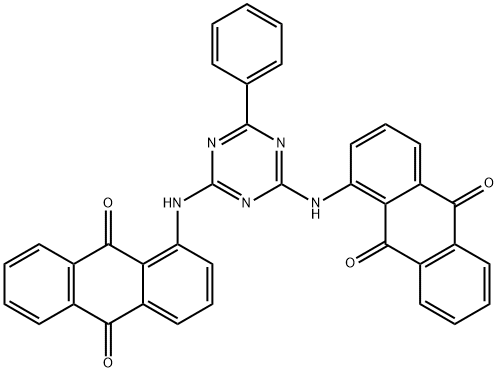

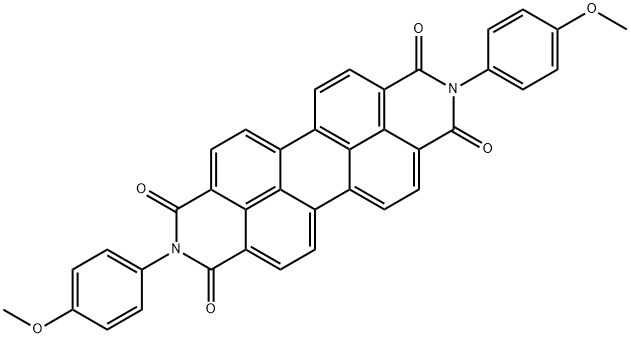

You may like
-
 Pigment Blue 15 98%View Details
Pigment Blue 15 98%View Details -
 Copper phthalocyanine blue 99%View Details
Copper phthalocyanine blue 99%View Details -
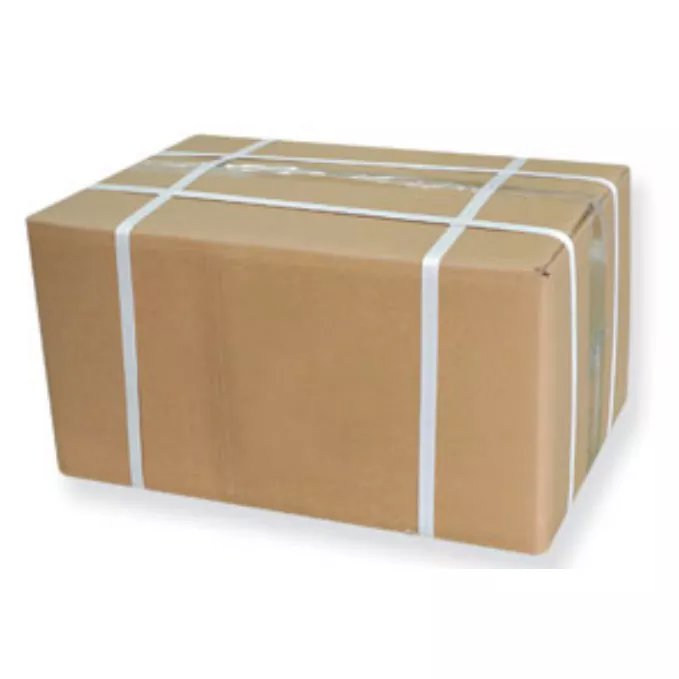 Copper phthalocyanine blue 99%View Details
Copper phthalocyanine blue 99%View Details -
 Copper (II) phthalocyanine CAS 147-14-8View Details
Copper (II) phthalocyanine CAS 147-14-8View Details
147-14-8 -
 Copper (II) phthalocyanine CAS 147-14-8View Details
Copper (II) phthalocyanine CAS 147-14-8View Details
147-14-8 -
 Copper (II) phthalocyanine CAS 147-14-8View Details
Copper (II) phthalocyanine CAS 147-14-8View Details
147-14-8 -
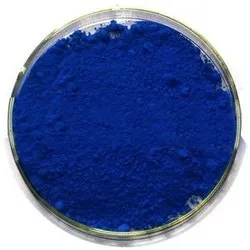 Copper Phthalocyanine, 25 kg, BlueView Details
Copper Phthalocyanine, 25 kg, BlueView Details
147-14-8 -
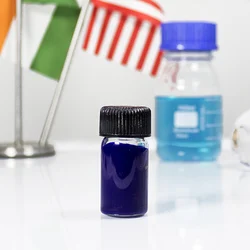 Nano Pigment Blue 15:0View Details
Nano Pigment Blue 15:0View Details
147-14-8
